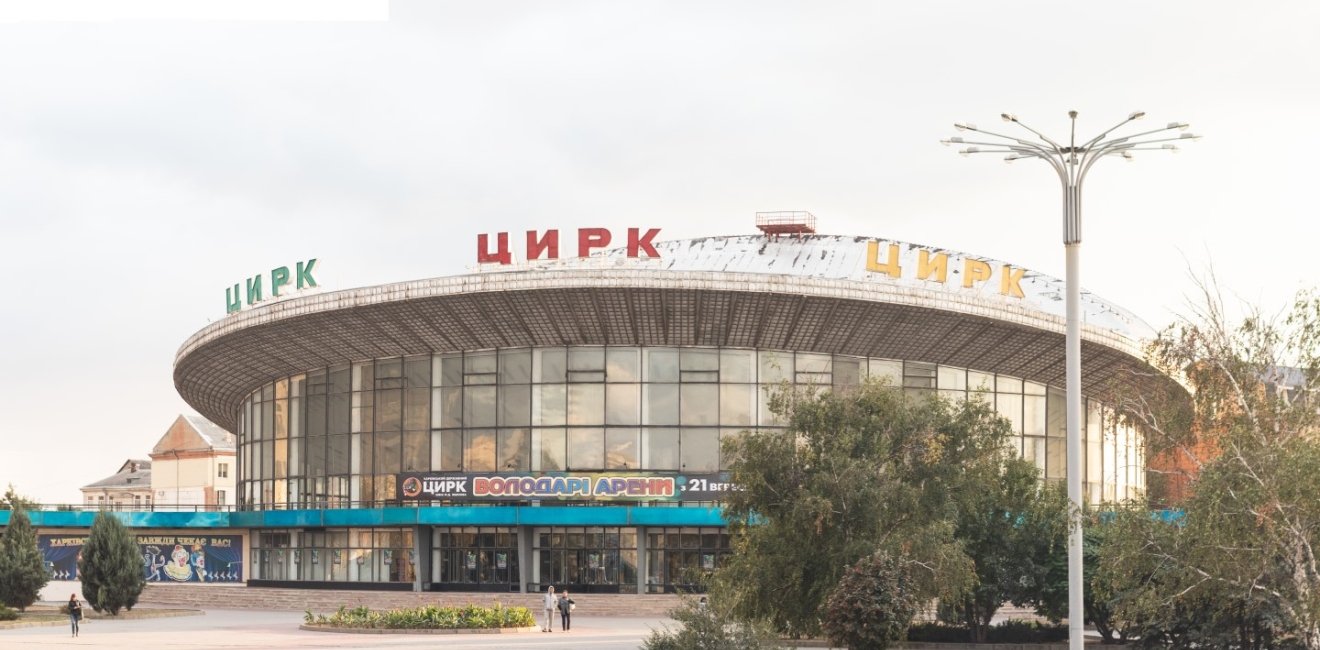
A blog of the Kennan Institute
A troupe of youthful circus artists from Kharkiv’s Old Circus School performed at this year’s Budapest Circus Festival in January, since an invitation opened the program to students rather than established artists. This year’s performance built on the remarkable show created a year ago by a contingent of more than 100 Ukrainians, aged five to twenty, which garnered international acclaim.
Moved by stories of young Ukrainian circus students practicing their routines in unheated bomb shelters and basements, Capital Circus invited dozens of them to Budapest to continue their training. Director Peter Fekete turned the keys of his circus over to Ukrainian students and their trainers from Kharkiv, Kyiv, Donetsk, Odesa, and Dnipro. They returned his generosity with a series of sold-out shows.
The Budapest juried biannual festival has marked a high point in the worldwide circus calendar since it was founded by István Kristóf a quarter century ago.
This year’s gathering featured an international conference and four different shows across six days, organized around the theme of “Peace.” Performers from more than 15 countries like Russia, Japan, Ethiopia, Mexico, Mongolia, and France joined a large contingent of Hungarian acts to compete for top honors and to wow audiences at the Capital Circus of Budapest. Ukrainian performers Ruslan Kalachevksy from Dnipro and Grygorii Lovygin from Kyiv were among the festival’s headliners.
For Fekete, the youth program provides motivation to young circus performers to keep pursuing their dreams and, in that way, will help preserve Ukrainian circus artistry into the future. The program continues to gain international recognition, as David Pressman, U.S .ambassador to Hungary, noted when he visited Capital Circus late last year.
Ukrainian circus artistry has a rich legacy worthy of preservation. Those traditions are said to have started when Frenchman Auguste Bergonie opened his Alcazar Circus in 1875 as Ukraine’s first permanently housed company. The circus flourished during the Soviet period, as each republican capital—including Kyiv—established companies and training centers in a hierarchical system focused on the Moscow Circus. The present Ukrainian National Circus building opened in central Kyiv in 1960. Many Ukrainian cities hosted their own companies, all of which were—and remain—state-run ventures.
Circuses struggled financially following Ukrainian independence, with dozens of the country’s leading performers heading abroad, though the state-sponsored training programs continue to attract and train new talent. Ukrainian performers now appear with circuses around the world. Viktoria Dziuba, a contortionist specializing in equilibristics, won a silver medal at the Monte Carlo festival and performs regularly in China and elsewhere. She views her role as representative of Ukrainian circus art to be a challenge and a privilege. In an interview with Circus Life last year, Dziuba noted, “only a handful of schools worldwide, specifically in Mongolia, Ukraine, Russia, and China, offer this type of training” in contortion and balance. She said that great progress has been made in Ukraine under the guidance of Natalia Pozdniakova, and added that her successful career was possible because Ukraine offered training when she was young.
Dziuba is only one among many Ukrainian circus artists finding their way on international stages. Cirque Inishi’s “Rêves” show currently enjoys success touring France, and several Ukrainian performers are integral to the relaunch of the Ringling Bros. and Barnum & Bailey circus in the United States.
As Fekete appreciated when he launched his program for Ukrainian young circus hopefuls, sustaining the Ukrainian circus tradition is important for Ukraine, and for circus culture worldwide. The young Ukrainian performers featured last year and this in Budapest represent the hope of sustaining an historical art form through the travails of the present moment.
The opinions expressed in this article are those solely of the author and do not reflect the views of the Kennan Institute
Author

Former Wilson Center Vice President for Programs (2014-2017); Director of the Comparative Urban Studies Program/Urban Sustainability Laboratory (1992-2017); Director of the Kennan Institute for Advanced Russian Studies (1989-2012) and Director of the Program on Global Sustainability and Resilience (2012-2014)

Kennan Institute
After more than 50 years as a vital part of the Wilson Center legacy, the Kennan Institute has become an independent think tank. You can find the current website for the Kennan Institute at kennaninstitute.org. Please look for future announcements about partnership activities between the Wilson Center and the Kennan Institute at Wilson Center Press Room. The Kennan Institute is the premier US center for advanced research on Eurasia and the oldest and largest regional program at the Woodrow Wilson International Center for Scholars. The Kennan Institute is committed to improving American understanding of Russia, Ukraine, Central Asia, the South Caucasus, and the surrounding region through research and exchange. Read more

Explore More in Focus Ukraine
Browse Focus Ukraine
Talking to the Dead to Heal the Living

Ukrainian Issue in Polish Elections


